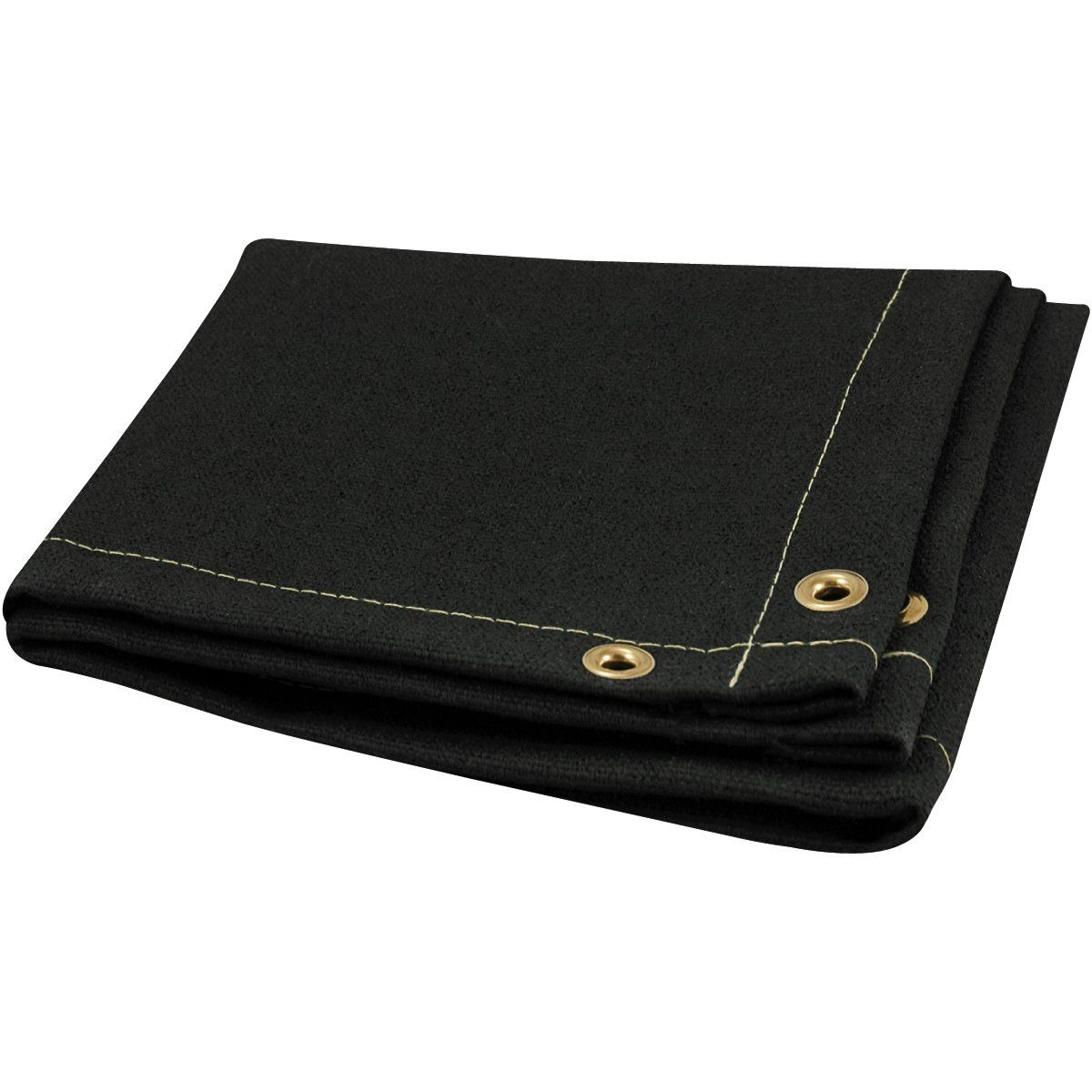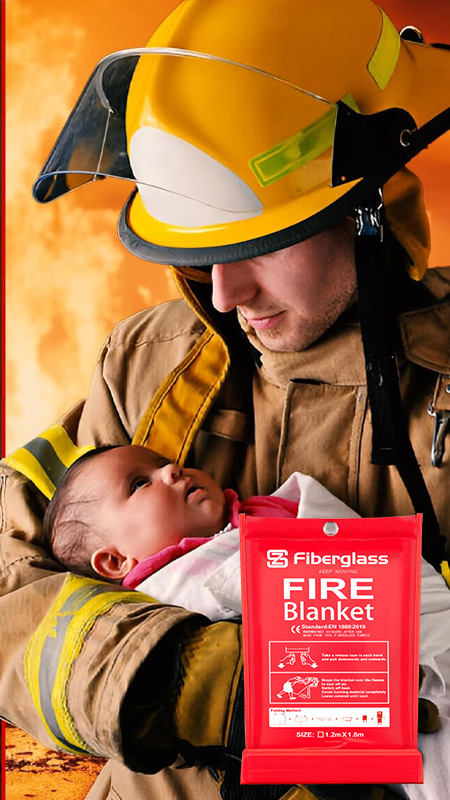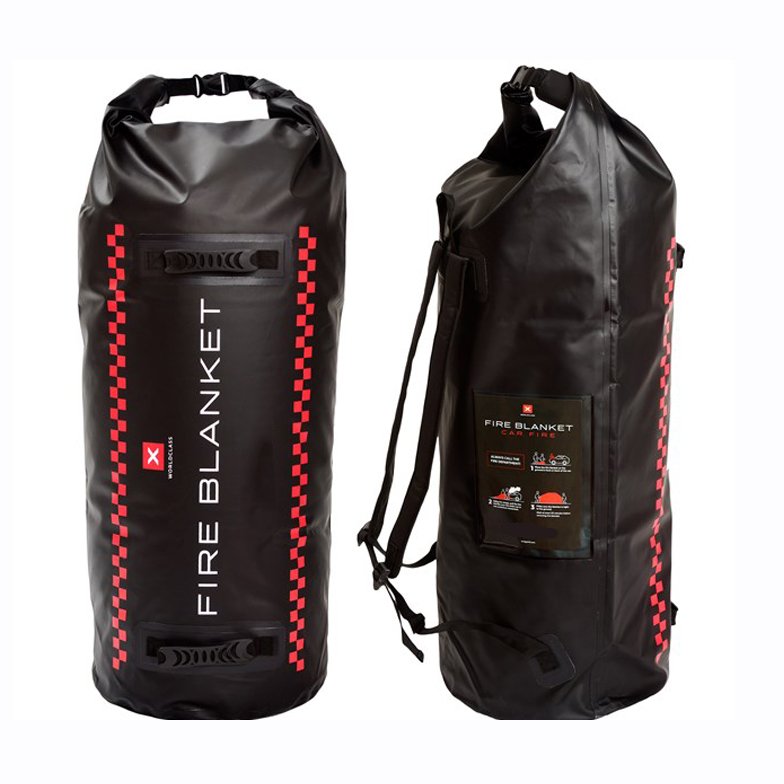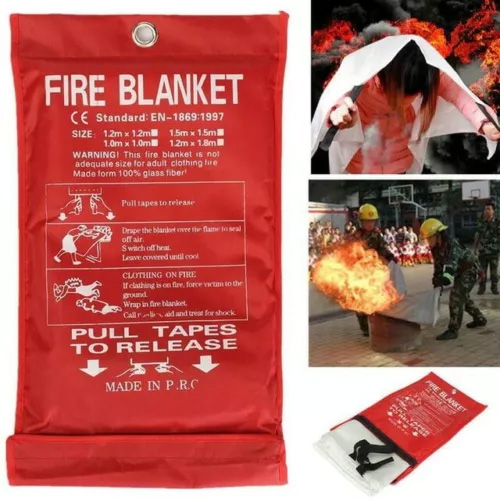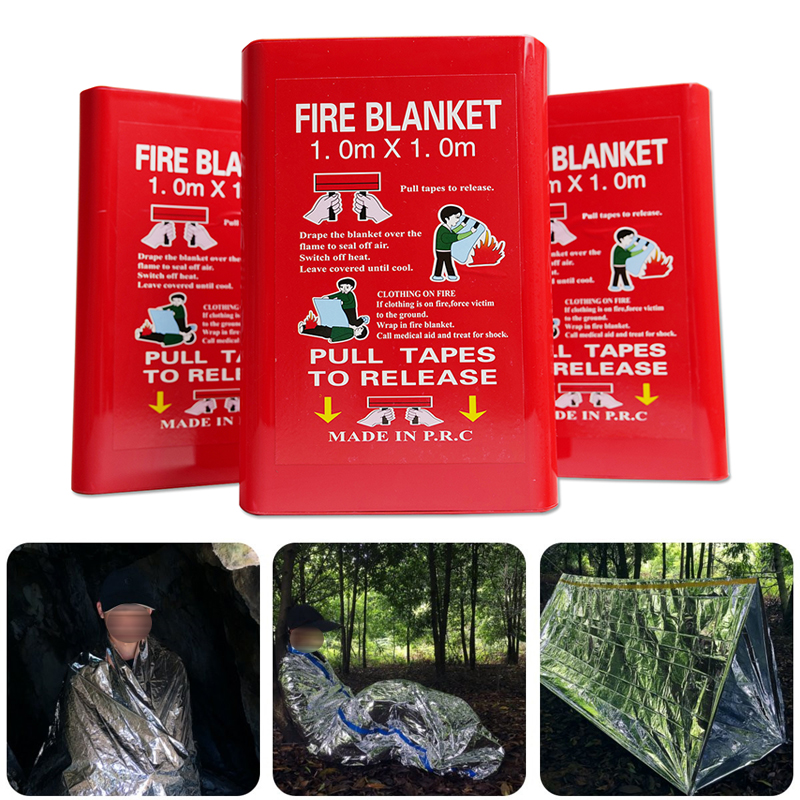Fire Blanket Extinguisher: How It Works and When to Use It
A fire blanket extinguisher is a safety device that smothers small fires by cutting off oxygen. Made of flame-resistant materials, it's ideal for kitchen fires, electrical equipment, or clothing fires. This guide explains how to use it properly and when it's better than traditional extinguishers.
What Is a Fire Blanket Extinguisher?
A fire blanket extinguisher is not your typical fire extinguisher. Instead of spraying chemicals, it's a sheet made from fire-resistant materials like fiberglass or wool treated with flame-retardant chemicals. When placed over a fire, it starves the flames of oxygen, putting out the fire safely.
These blankets come in various sizes, typically ranging from 1m×1m to 1.8m×1.8m. They're stored in easy-to-open containers that let you quickly access them during emergencies. Unlike chemical extinguishers, they leave no mess and can be reused after proper inspection.
When to Use a Fire Blanket Extinguisher
Fire blanket extinguishers work best for:
- Kitchen fires:Especially grease fires where water or some chemical extinguishers would make things worse
- Clothing fires:When someone's clothes catch fire, wrapping them in the blanket stops the flames
- Small electrical fires:Where using water could cause electrocution
- Confined space fires:Where chemical extinguishers might spread the fire or create breathing hazards
They're not suitable for large fires, chemical fires, or fires that have spread beyond a small area. In these cases, evacuate immediately and call emergency services.
How to Use a Fire Blanket Extinguisher Properly
Using a fire blanket extinguisher correctly is simple but requires calm, quick action:
- Pull the tabs to release the blanket from its container
- Hold the blanket by the corners with the folded edges toward you
- Protect your hands by keeping them behind the blanket
- Place the blanket gently over the fire, starting from the near edge
- Leave the blanket in place until the fire is completely out and everything has cooled
- Never remove the blanket to check - this could reignite the fire
If dealing with a person on fire, wrap them in the blanket and have them stop, drop, and roll. The blanket should cover them completely to smother the flames.
Advantages Over Traditional Fire Extinguishers
Fire blanket extinguishers offer several benefits:
- No chemical residue:Unlike powder or foam extinguishers that make a mess
- Reusable:After proper inspection and cleaning
- Easy to use:No need to remember different types or operating procedures
- Safe for electrical fires:Doesn't conduct electricity
- Compact storage:Takes up less space than traditional extinguishers
Maintenance and Care
To keep your fire blanket extinguisher ready for emergencies:
- Store in an easily accessible location away from potential fire sources
- Check monthly for any damage or signs of wear
- Replace if the blanket shows tears, holes, or contamination
- Follow manufacturer's guidelines for cleaning after use
- Replace according to the manufacturer's recommended schedule (typically every 5-7 years)

Where to Install Fire Blanket Extinguishers
The best locations for fire blanket extinguishers include:
- Kitchens (especially near stoves)
- Workshops with electrical equipment
- Science laboratories
- Near welding stations
- Garages with flammable liquids
Mount them on walls at eye level for easy access. Make sure everyone in the home or workplace knows where they are and how to use them.
Conclusion
A fire blanket extinguisher is an essential safety tool that complements traditional fire extinguishers. It's particularly effective for small, contained fires where chemical extinguishers might be dangerous or messy. By understanding when and how to use it properly, you can enhance your fire safety preparedness and potentially prevent small fires from becoming disasters.


